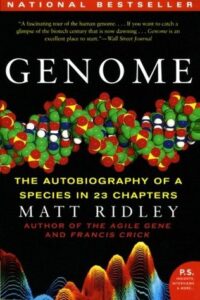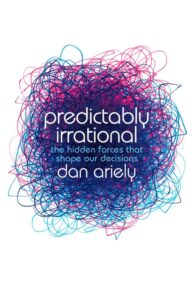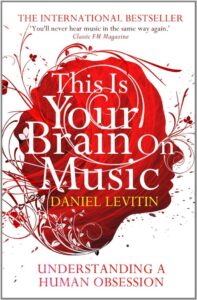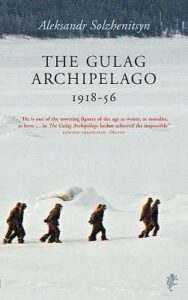 Politics: Between the Extremes, Nick Clegg
Politics: Between the Extremes, Nick Clegg
Once upon a time, I was a Lib Dem voter — in fact, I was one of the values-driven, idealistic voters who chose a party based on my values instead of on political realities, like how likely they were to be able to beat Labour in my area. (Answer: they weren’t, it would’ve been impossible, and indeed the place where I grew up is still a pretty safe Labour seat.) I suppose to some extent I still am: I’m unlikely to vote for certain parties based on their stated values, even if they somehow came up with a policy I agreed with strongly (like electoral reform, perhaps). So I wanted to see what Nick Clegg had to say for himself and for his party’s time in government.
It’s pretty defensive of the Liberal Democrat position, unsurprisingly; at times slipping into self-pity, I think. Clegg vividly defends the Lib Dem policy of compromise with the Tories, and claims that he was sidelined by the Tories in order for them to present a picture of a Tory-led government. Behind the scenes, says Clegg, the Lib Dems exerted a disproportionate amount of influence. This may well be true, and it makes sense that they did compromise; idealist or not, I know that politics must involve some compromise, especially in a coalition between the left and the right. I just don’t agree with some of the compromises made.
Clegg seems naively surprised by the extent to which the heart rules the head in the public’s political decisions. He expects a liberalism based on cool reason and logic — despite the fact that his own rise was a highly emotive thing, driven by the hopes of young voters. He’s right that he should have taken more control of the political narrative and shaped it, but I don’t know to what extent that would have helped the Lib Dems in the specific situation in which they found themselves.
His personal-level musings aren’t the key feature of this book, but he does show a healthy respect for David Cameron, and a disgust for Michael Gove that warms the heart. Ultimately, of course he tries to justify what the Lib Dems achieved, or didn’t, during the coalition. But he also makes a fairly convincing case that we need more compromise, more coalitions; we need to temper the current tide of conservatism with a revitalised liberalism. I’m sure from his comments on the Labour party that he doesn’t expect to see Corbyn doing it… in fact, it’s not very clear where he does hope for it to rise from.
I suppose the only answer left is: you and me. Writing this review in advance, just days after Trump became the President-elect of the United States, I don’t know what to say. I wonder what the world will look like politically by the time this goes live!
Rating: 3/5









